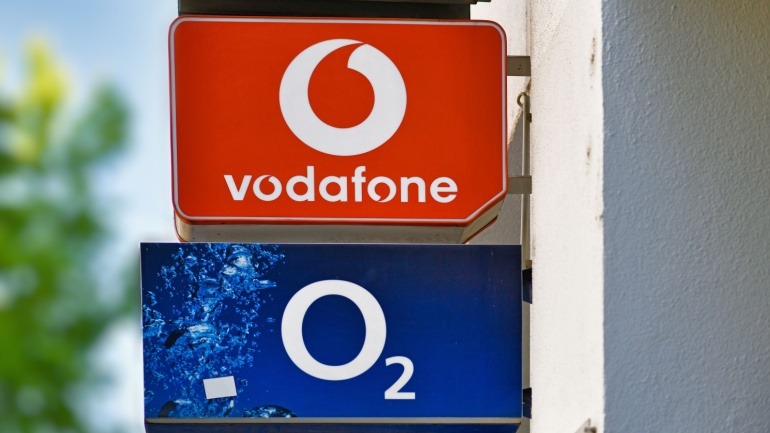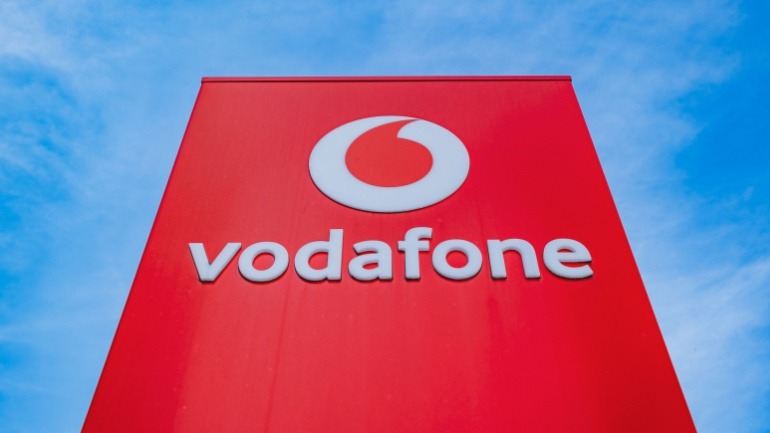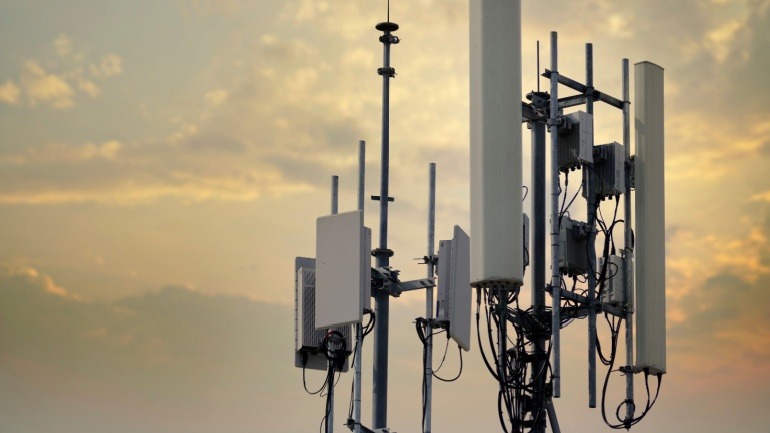The latest Ookla report reveals that cellular connections now surpass Wi-Fi at U.S. airports, averaging double the download speed. Travelers, who traditionally relied on public Wi-Fi, are shifting towards cellular services from major carriers like Verizon, T-Mobile, and AT&T for faster, more secure connections. This trend highlights the need for improved VoIP reliability at airports.
Grandstream Networks has introduced the GWN7674, a high-performance Wi-Fi 7 access point designed for demanding enterprise environments. With data speeds nearing 21Gbps, it’s perfect for managing dense networks. Supporting up to 768 clients, it delivers expansive coverage with tri-band MU-MIMO technology, ensuring robust, efficient connectivity. This advanced Grandstream solution enhances security and management.
MasOrange, in collaboration with Ericsson, is set to revolutionize its Radio Access Network (RAN) by integrating the Intelligent Automation Platform. This strategic partnership aims to enhance VoIP capabilities through innovative rApps like the Cell Anomaly Detector, which predictively optimizes network performance, and the RAN Energy Saver, advancing sustainable network management.
Optus faced another significant network disruption in southeast Melbourne, impacting 14,000 customers. This outage resulted from an aerial fibre break linked to copper theft, leaving users unable to connect with emergency services.
O2 Germany has surged to prominence in the telecommunications arena, matching Vodafone Germany in connect magazine’s recent mobile network test. With significant investments in cloud radio access networks and enhanced infrastructure, O2 is redefining mobile connectivity standards. Strategic partnerships with Nokia and Ericsson ensure technological robustness, paving the way for their 4G and 5G advancements.
The UK’s focus on safeguarding its undersea networks is critical amid rising tensions with Russia and China. With concerns over VoIP communication vulnerabilities and infrastructure threats, the Royal Navy is vigilant. Reforms ensure clear accountability, emphasizing the importance of protecting crucial subsea networks for digital security.
Vodafone’s exciting joint venture with SpaceMobile is forging ahead with a Satellite Operations Centre in Germany. Set to launch in 2026, this ambitious project will boost satellite-based cellular broadband across Europe. Vodafone’s commitment to satellite technology enhances public safety and disaster relief, offering valuable communication solutions in remote areas.
Nokia and Latvian telecom operator LMT have joined forces to enhance Baltic defense communications using Nokia’s 5G technology. This strategic collaboration promises a high-capacity, secure system for defense operations, enabling real-time data exchange and secure interoperability. By leveraging 5G’s high-speed connectivity, this partnership aims to advance military capabilities and strengthen defense strategies.
Future Technologies is making waves in the VOIP industry with its bold strategy to become North America’s top private 5G provider by 2026. Partnering with Battle Investment Group, the firm is leveraging acquisitions and equity to enhance its connectivity offerings. With a focus on industrial AI and IoT, Future Technologies commits to delivering superior VOIP solutions, positioning itself at the forefront of technological growth. This move promises significant revenue and workforce expansion, catering to enterprises seeking robust private 5G networks.
In today’s unpredictable geopolitical landscape, Orange Wholesale’s CEO, Michaël Trabbia, highlights the vital role of network asset ownership and software-isation in bolstering network resilience. By owning their infrastructure, telecommunication companies like Orange gain strategic independence and defense against disruptions. Transitioning to software-based environments enhances flexibility, empowering operators to deploy services swiftly and adapt.













